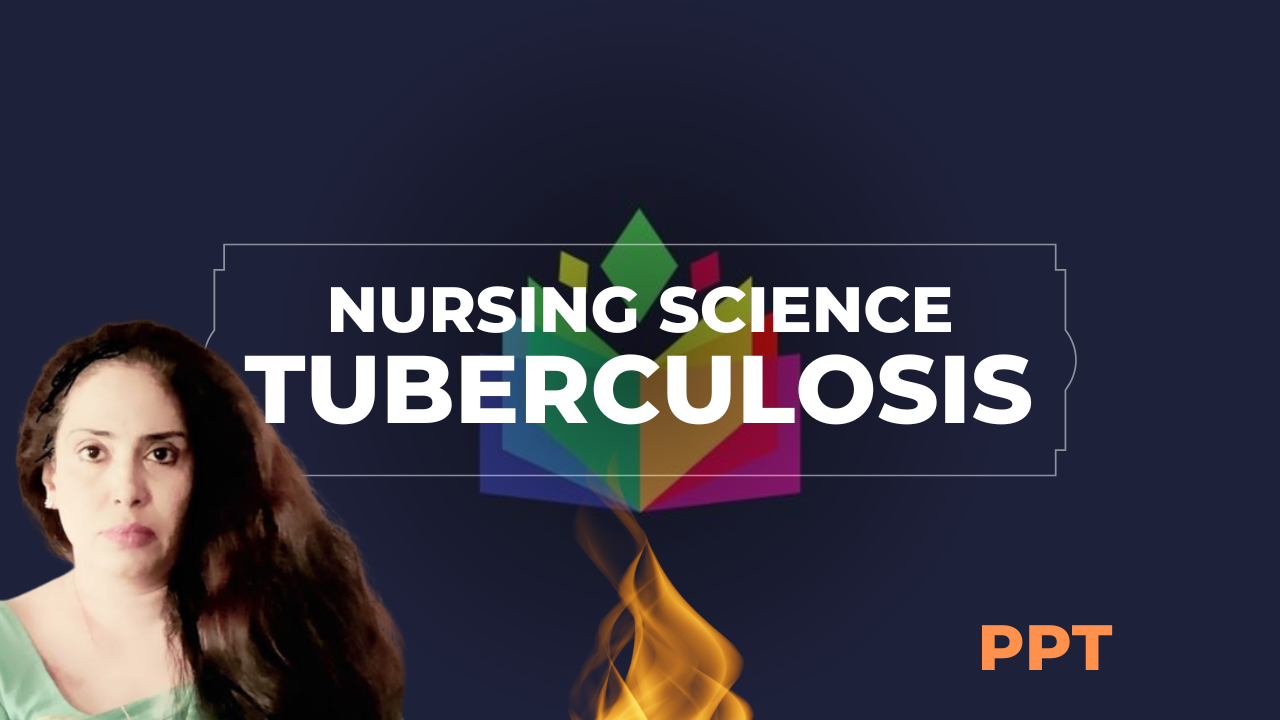Brain basics

Brain Basics Introduction The brain is incredibly complex. Here we'll show you the major parts, where they are located, and some of what they are responsible for. You can hover over the brain image to highlight different parts, and click them to see a description of that part, or tab through the slideshow controls to navigate to different brain parts. The description of a part will include what might happen when it is injured. Please keep in mind that brain injuries can be as complex as the brain itself. A blow to one part of the head can potentially cause damage to the opposite side or even throughout the brain. 1. Frontal Lobe Located behind the forehead, the frontal lobes are the largest lobes of the brain. They are prone to injury because they sit just inside the front of the skull and near rough bony ridges. These two lobes are involved in: ▪️planning & organizing ▪️problem solving & decision making ▪️memory & attention ▪️controlling behavior, emotions ...



